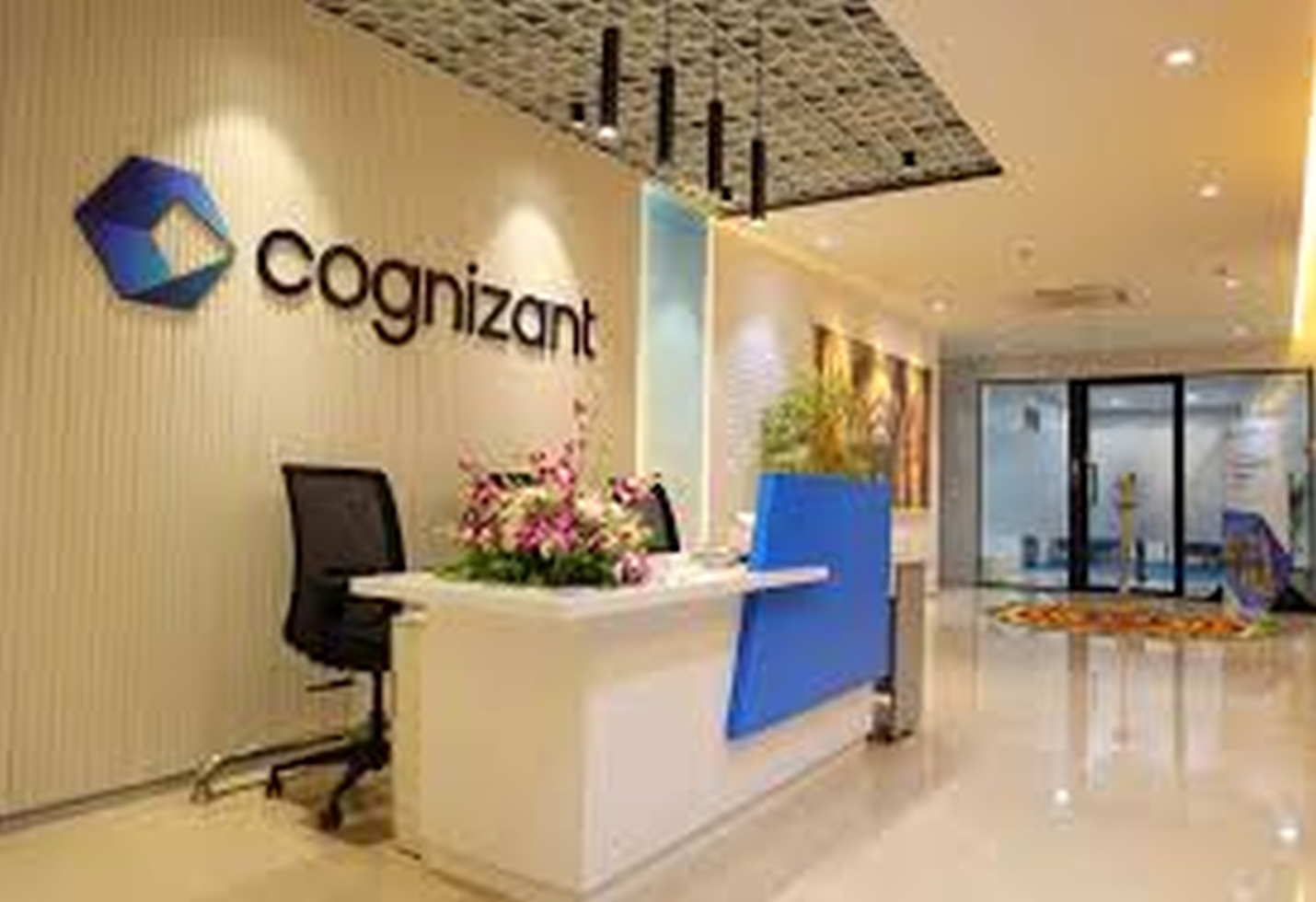RBI Repo Rate Cut: Smart Moves for Fixed Deposit Investors
Strategies to Manage Lower Interest Rates and Preserve Savings
The Reserve Bank of India has recently lowered the repo rate by 50 basis points This marks the third rate reduction this year. While the goal is to stimulate economic activity by making loans cheaper, this also results in a decline in interest rates on various financial products, including Fixed Deposits (FDs). For those relying on FDs for stable returns, this presents new challenges as expected yields decrease.
This article discusses practical steps FD investors can take to safeguard their capital and optimize returns amidst falling interest rates.
How Repo Rate Cuts Influence FD Interest Rates
A reduction here typically leads banks to lower the interest they pay on deposits. Following the recent 50 basis point cut, FD interest rates have already dropped by 30 to 70 basis points since early 2025, and this downward trend is expected to persist.
This means that fresh FD investments or renewals will likely earn less interest than before, impacting investors seeking steady income from fixed deposits.
Recommended Actions for FD Investors
1. Act Quickly to Lock in Current Rates
To avoid missing out on better returns, it is wise to invest or renew FDs at the current interest rates before they decline further.
2. Consider FD Laddering
Distributing investments across multiple FDs with varying maturity dates (e.g., 6 months, 1 year, 2 years) can provide better liquidity and flexibility, enabling reinvestment when rates improve.
3. Opt for Short-Term FDs
Choosing shorter-duration deposits can allow investors to react faster to market changes and reinvest sooner if rates fluctuate.
4. Utilize Senior Citizen Schemes
Special schemes designed for senior citizens, such as the Senior Citizens Savings Scheme (SCSS), often provide higher interest rates, making them attractive options during low-rate periods.
5. Diversify Into Other Low-Risk Instruments
Apart from FDs, investors might explore debt mutual funds, government bonds, or post office savings schemes to maintain returns with manageable risk.
Snapshot of Current FD Rates
Currently, banks typically offer interest rates between 6.5% and 7.5% for one- to two-year fixed deposits, while senior citizens may receive slightly higher rates in the range of 7.5% to 8.5%.
Potential Risks for FD Investors
Although FDs are known for their safety, locking funds long-term at falling interest rates can reduce real returns after adjusting for inflation and taxes. Staying informed and proactive in managing investments is crucial to protect the value of your savings.
Additional Suggestions for FD Holders
Keep Track of RBI Announcements: Staying updated helps you time your investments advantageously.
Seek Professional Guidance: Customized advice can align your portfolio with your risk tolerance and financial needs.
Balance Liquidity Needs: Ensure your investments match your cash flow requirements through strategies like laddering.
Conclusion
The RBI’s recent repo rate cut initiates a phase of declining interest rates that will influence FD yields across India. Investors need to act swiftly and thoughtfully—locking in current rates when possible, adopting laddering strategies, preferring shorter tenures, and considering alternative investment avenues. Such approaches can help maintain financial security and optimize returns in this evolving environment.
Summary
With RBI’s 50 bps repo rate reduction, FD interest rates are set to decrease further. To mitigate impact, investors should consider locking in existing rates, employing laddering strategies, opting for shorter maturities, and diversifying into other low-risk products. Staying flexible and informed is key to managing returns amid falling rates.
The image added is for representation purposes only










